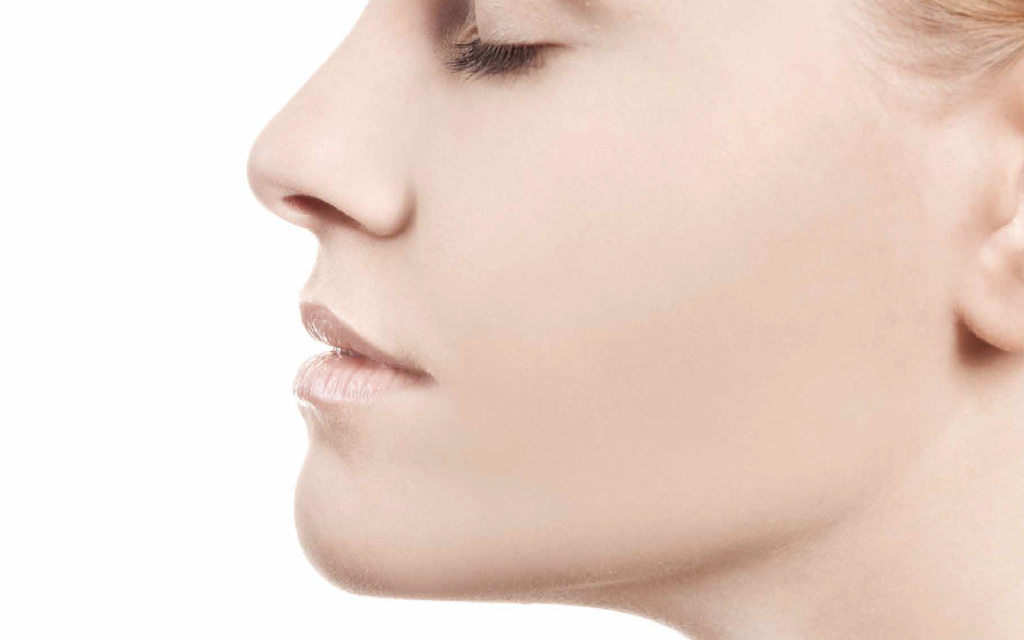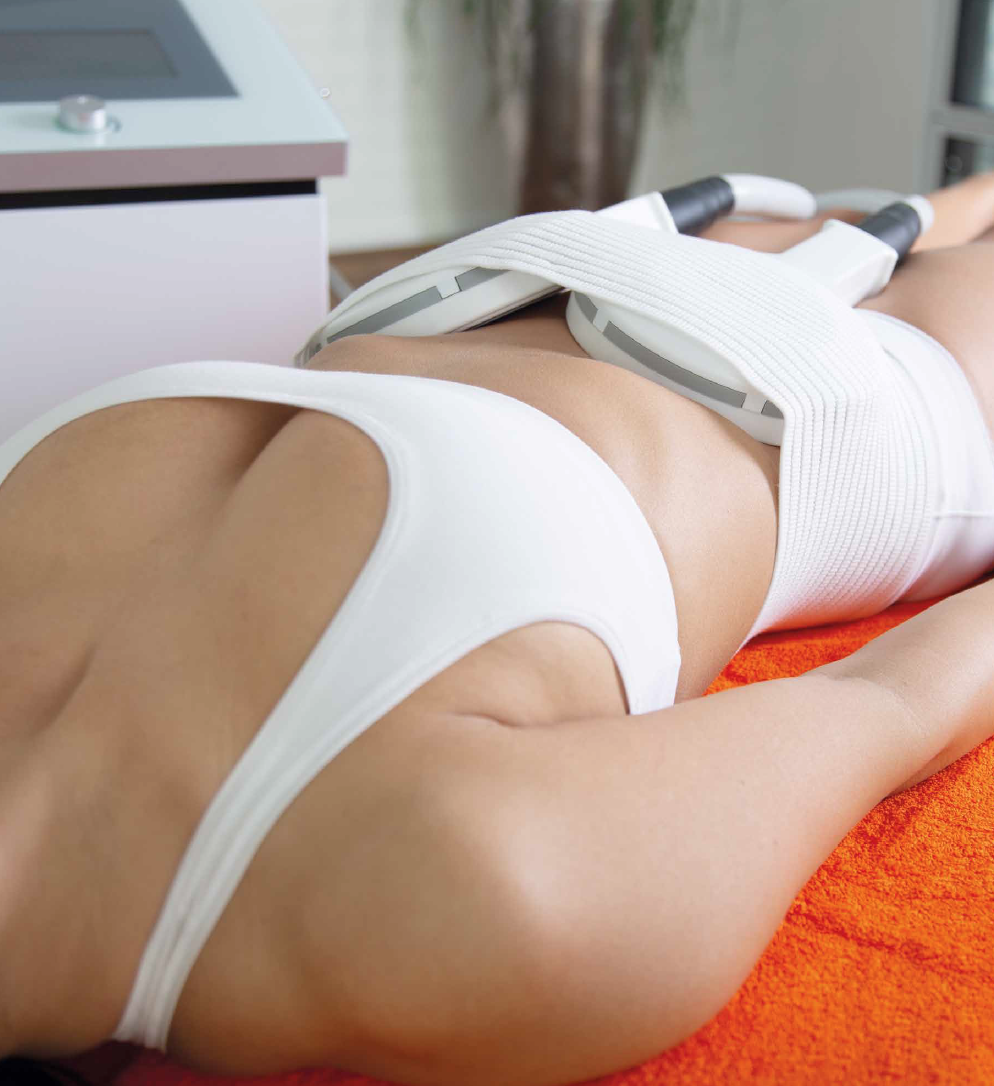By Doctor Michael Benzaquen
With a combination of surgical and laser treatments
Acne suffered during adolescence can lead to scarring, mainly when it is not controlled or treated properly. Treatments that combine surgery and lasers can help to reduce these scars.
Stage 1: Prevention
It is important to remember that acne needs attention to prevent it causing too much scarring. The first thing to do is to see a dermatologist when it first appears and follow any treatments they suggest. It is important not to let the situation get any worse. Avoid smoking because this worsens any outbreaks and increases the risk of scars forming. Stay out of the sun because this increases post-inflammatory pigmentation. An overall healthy lifestyle is also advised. Nevertheless, it is rare that we treat scars in adolescents as we have to let the acne settle first.

Stage 2: Reducing scarring
If the first stage is not enough to prevent scarring, there are two possible solutions. If the scars are temporary, then staying out of the sun should be enough. If the scars are permanent, we need to identify what kind of scars they are – ice pick scars, boxcar scars, rolling atrophic scars, hypertrophic scars, pigmentary lesions – and then carry out a suitable treatment.
There are many devices, which have benefitted from a number of improvements in recent years. We can use continuous or fractional ablative lasers, vascular lasers or pigmentary lasers. Ablative lasers are effective on hypertrophic scars. Surgical treatment might be required for treating deep scars, by performing scar revision surgery, punch elevation, or subcutaneous excision. These operations are followed up with a laser dermabrasion treatment a month later to smooth the skin’s surface and improve the skin texture. The impacts of the laser beams are applied to the scars, to reorganise the scar tissue in the superficial dermis. By combining these different procedures, we can significantly improve the aesthetic appearance of acne scars.
Doctor Michael Benzaquen 
Dr. Michael Benzaquen completed medical education at the Faculty of Medicine of Marseille, Aix-Marseille University. He then completed his residency in Dermatology at the Assistance Publique H.pitaux de Marseille. He has practised abroad at Columbia University (New York City, USA) and Inselspital – University Hospital of Bern (Bern, Switzerland). Active member of the Laser Group of the French Society of Dermatology, and the European Academy of Dermatology and Venereology.














